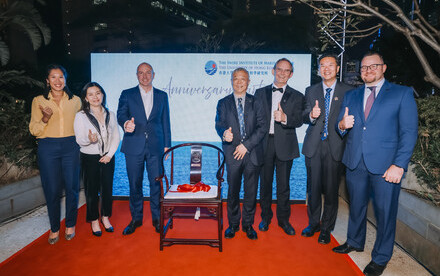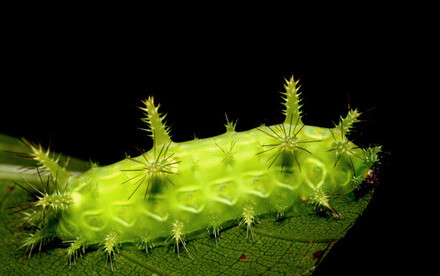05 Jan 2018
HKU biologist reveals important role cities play in conservation of threatened species - Hong Kong home to critically endangered yellow-crested cockatoo
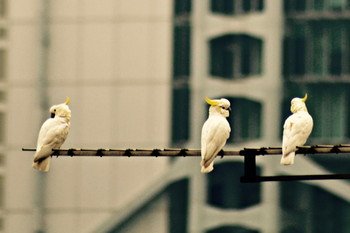
Hong Kong is home to Critically Endangered Yellow-crested Cockatoo (photo credit: Dr Timothy Bonebrake)
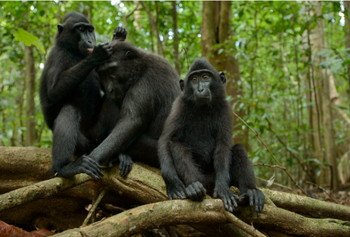
Celebes Crested Macaque, Critically Endangered. The species is native to Sulawesi and has been introduced to Bacan Island, both islands in Indonesia. (photo credit: Chien Lee)
“One example is the Yellow-crested Cockatoo, Critically Endangered due to capture for the pet trade. Ironically, many of these pet birds were accidentally or deliberately released in their new environments. Currently, about 200 Yellow-crested Cockatoos – an estimated 10% of the bird’s global population – are found on Hong Kong Island, mostly between Pokfulam and Happy Valley.
“This is a key example of how Hong Kong – a heavily urbanised city-state – can play a role in the conservation of globally threatened species,” said co-author Ding Li Yong, from the Australian National University.
Reintroduction of this species to its native range in Indonesia and East Timor could help to buffer populations there, which are rapidly declining due to poaching.
Alternatively, the harvest of the introduced cockatoos in Hong Kong could offset demand from its native range. Both approaches could also eliminate threats the introduced population might pose to native species in its introduced environment, such as monopolising nesting sites and triggering population declines of local birds.
Combined, augmenting declining populations in their native ranges and eliminating the threats to native ecosystems could “save two birds with one stone,” as Dr. Gibson puts it. “This creative tactic could be essential to save species imperilled by wildlife trade as well as eliminate threats the same species pose in their adopted territories.”

Hong Kong is home to Yellow-crested Cockatoo (photo credit: Dr Timothy Bonebrake)
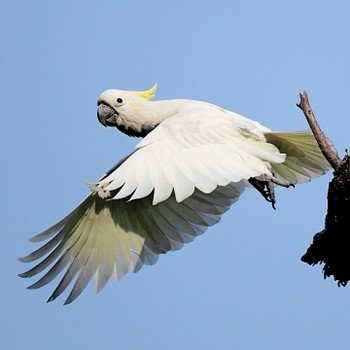
Yellow-crested Cockatoo in Hong Kong (photo-credit: Peter and Michelle Wong)
The article “Saving two birds with one stone: Solving the quandary of introduced, threatened species” published in Frontiers in Ecology and the Environment is available at: http://onlinelibrary.wiley.com/doi/10.1002/fee.1449/abstract.



